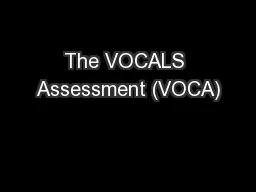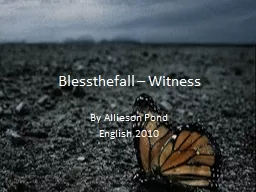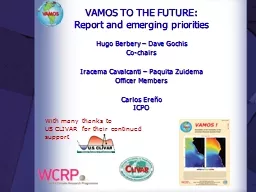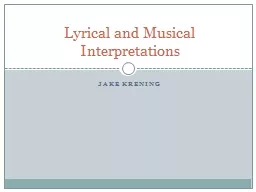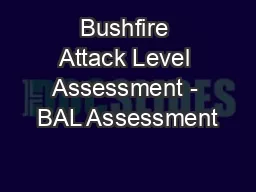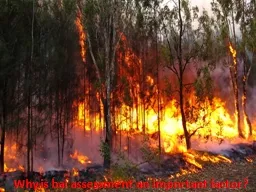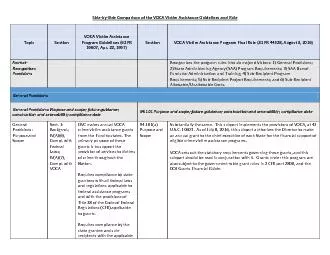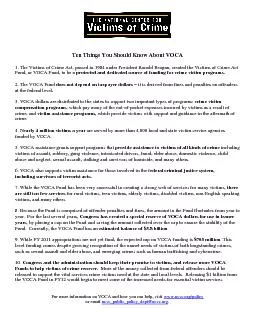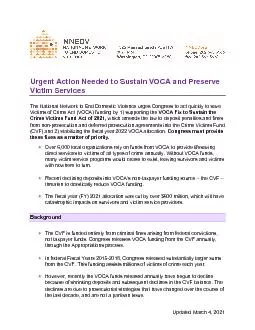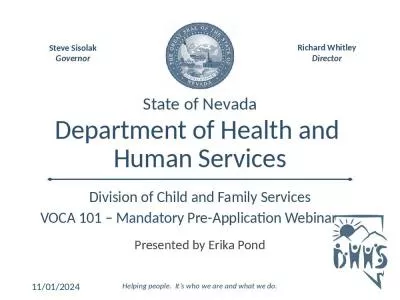PPT-The VOCALS Assessment (VOCA)
Author : trish-goza | Published Date : 2016-08-09
Matt Wyant Chris Bretherton Rob Wood Department of Atmospheric Sciences University of Washington Scott Spak U Iowa Emissions VOCA modeling groups without which theres
Presentation Embed Code
Download Presentation
Download Presentation The PPT/PDF document "The VOCALS Assessment (VOCA)" is the property of its rightful owner. Permission is granted to download and print the materials on this website for personal, non-commercial use only, and to display it on your personal computer provided you do not modify the materials and that you retain all copyright notices contained in the materials. By downloading content from our website, you accept the terms of this agreement.
The VOCALS Assessment (VOCA): Transcript
Download Rules Of Document
"The VOCALS Assessment (VOCA)"The content belongs to its owner. You may download and print it for personal use, without modification, and keep all copyright notices. By downloading, you agree to these terms.
Related Documents

